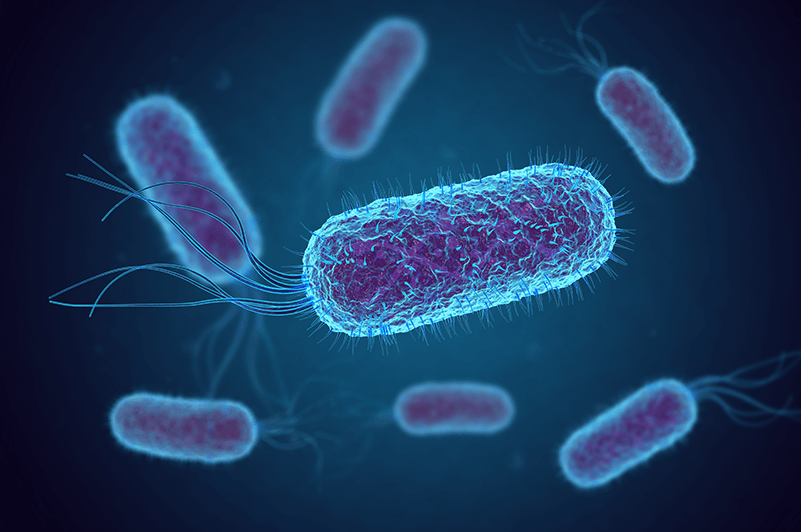As one of the most highly exploited medication classes, antibiotics address a broad range of bacterial infections by either killing (bactericidal), lysing (bacteriolytic), or stalling the growth of (bacteriostatic) microbes. Families of antibiotics can be distinguished by chemical structure and by the mechanism of action that specifically targets the type of bacteria being treated. They may attack a specific feature of bacteria such as the cell wall or plasma membrane, the reproductive process of bacteria, critical chemical pathways in bacteria (e.g., synthesis of proteins, essential metabolites, or energy), or the mechanisms bacteria use to resist offense. Most importantly, to be safe as well as effective against microbes, these compounds must target mechanisms specific to prokaryotic cells without affecting eukaryotic function. Though certain antibiotics that do affect eukaryotic cells have been exploited in cell culture systems and other research applications to better understand mammalian cell biology or to control certain cellular functions.
The six major targets of antibiotics include:
- Cell Wall Synthesis
- Plasma Membrane Function
- Nucleic Acid Synthesis
- Protein Synthesis
- Essential Metabolite Synthesis
- Energy Metabolism



